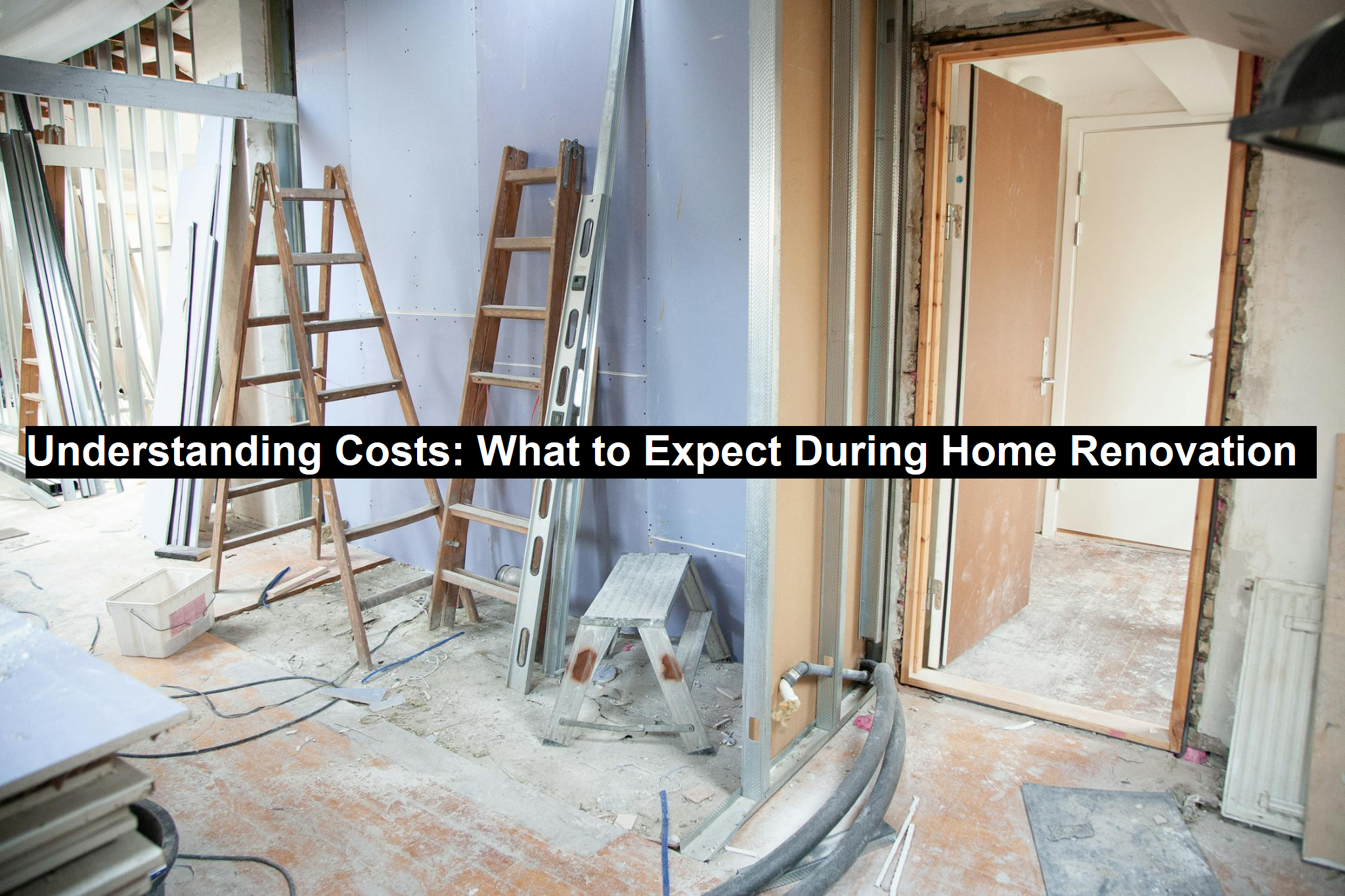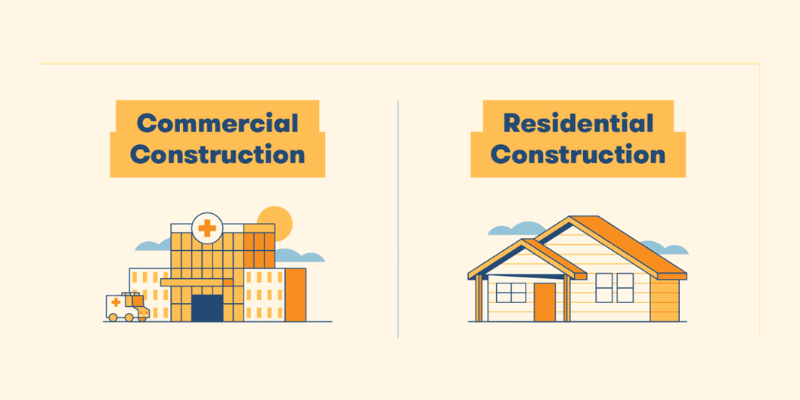Understanding Costs: What to Expect During Home Renovation
Renovating your home is thrilling yet can come with financial surprises. From hiring the right people to selecting materials and monitoring the installations, the final cost of your renovation may end up being higher than you anticipated.
This post will give you an idea of what to expect when budgeting for home remodeling. Whether you’re renovating your kitchen, adding pieces to your bathroom, or redesigning your whole house, you’ll want a rough idea of where your money will go.
1. The Basics to Know
When renovating your home, a few basic things determine how much you will spend. This includes:
- Your project size: For example, a single-room renovation will cost less than an entire house renovation.
- Type of materials: High-end/elegant finishes and imported materials will cost more than standard and local materials.
- Labor: Labor varies in price, depending on your location and who you find to hire.
- Unexpected repairs: Once you have opened walls or removed floors, you may discover hidden issues like water damage or antiquated wiring.
You should set a budget with provision for unexpected expenses. Most experts recommend setting aside 10-20% extra funds just in case.
Read: Commercial vs. Residential Construction: What’s Different?
2. Common Renovation Areas to Consider
Each house is constructed uniquely. However, there are common issues that you can anticipate in typical renovation areas. Here’s what you should remember.
- Kitchen: The kitchen is the most sought-after area in which to renovate. People always prefer to refresh (or replace appliances), install exhaust, and personalize their cooking space. A charge of $15,000 for a smaller kitchen is standard, up to $50,000 or more for more extensive upgrades. Working with kitchen contractors can help you pace your budget and make ideal choices.
- Bathroom: A typical bathroom renovation costs roughly $5,000, although if you are replacing all the plumbing, installing tile, new fixtures, etc., it could well exceed $20,000.
- Living spaces and bedrooms: These are cheaper to refurbish unless you choose a custom plan (and theme). The prices for painting, flooring, or retrofitting lighting can be between $2,000 and $15,000 per space.
- Roofing and Windows: Changes to roofs and windows may be aesthetic, but they can also provide improved energy efficiency. The price depends on the material and the size of the house, but this starts at $300 per window and can run to tens of thousands if you’re replacing the entire roof structure.
3. Where the Budget Often Gets Stretched
One of the most commonplace reasons for people to exceed their budget is that they underestimate the cost of labor. When paying for labor, it isn’t just someone’s time that you’re paying for. You’ll get someone’s skill set, reliability, and proper licensing to do the job. If you choose cheap over educated and qualified, you could pay more later if things go badly.
Additionally, little things add up quickly. Hardware, fixtures, lighting, and even trash disposal can find their way into your budget as renovations progress. It is a good idea to write everything down and keep track of things that have been planned.
Always include both material and installation costs when comparing quotes. Many homeowners only check the sticker price of materials and forget what it costs to install them.
4. Permits and Paperwork
Renovating your space can come with more furniture (and items) to consider. These also include permits. For example, if you are discussing electrical or structural changes, you may need a special license in your state or municipality. While some permits are free, it is common for permits to cost a hundred dollars to a few thousand dollars, depending on the city you are located in.
Ask your contractor what permits are ideal for your renovation, who is responsible for getting them, and how much they cost. A reputable contractor should be able to get your permits for you and/or explain the cost if it isn’t already included in the fee for their services.
5. Ways to Save Costs without Cutting Corners
Here are a few tips to help you keep costs reasonable while still getting a fantastic final result:
- Reuse existing materials when possible (think cabinet frames, flooring, etc.). Cabinets can be repainted, and wooden floors can be refinished.
- Buy lighting and fixtures on sale. If you do want to splurge, splurge in a high-impact area. Spend more for an expensive pendant light in your entryway and spend less on lighting in an adjacent room.
- Stick to your plan and do not make last-minute decisions, as that is how costs go up.
One recommendation is to plan your home renovation in phases. Renovating one area at a time allows you to maintain your cash flow and can give you time to rethink your future upgrades based on how the first portion of your renovation turned out.
Before You Start Your Renovation
Renovating a home is a significant investment, and worrying about the cost is normal. But with precise planning, the right team, and flexibility, it doesn’t have to be overwhelming. Start with a realistic budget, factor in for surprises, and don’t be afraid to ask questions.
Most importantly, work with people you trust—your project manager, interior designer, or contractors. A smooth project isn’t just about the final look. It’s about making wise choices you’ll feel good about now and years later.



